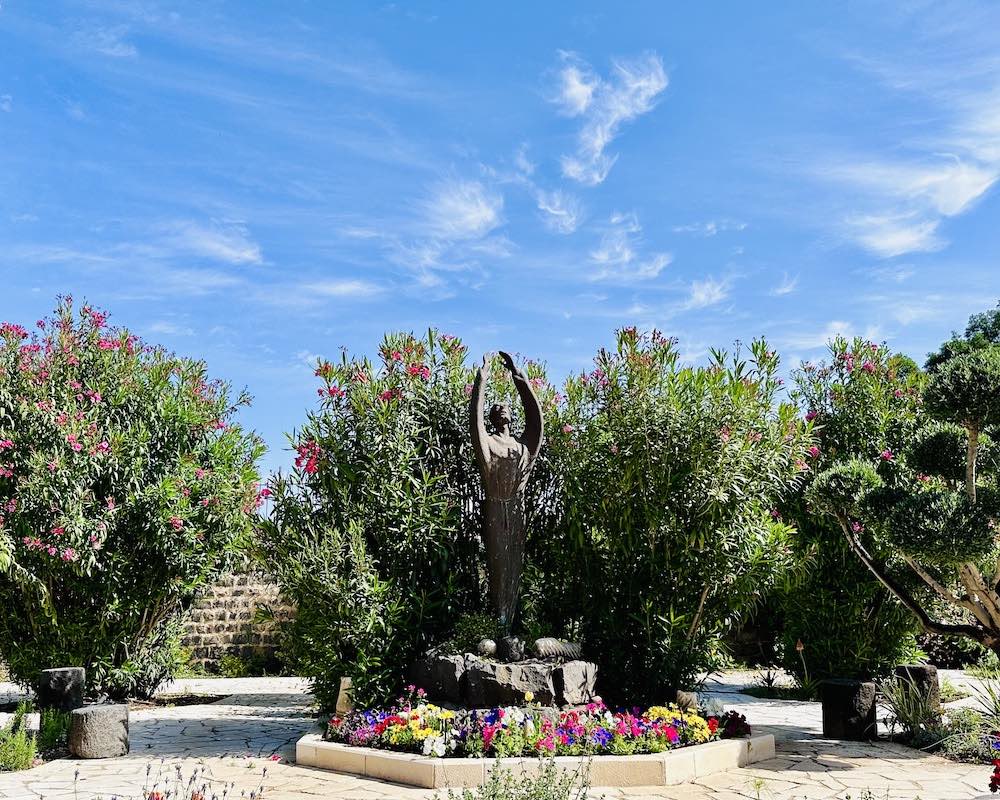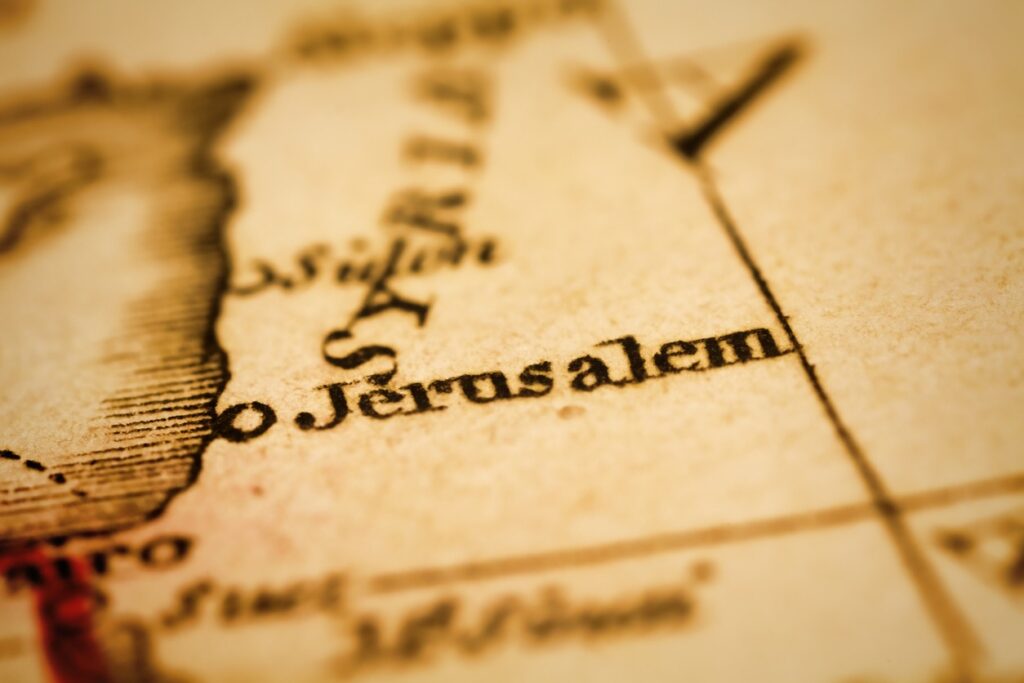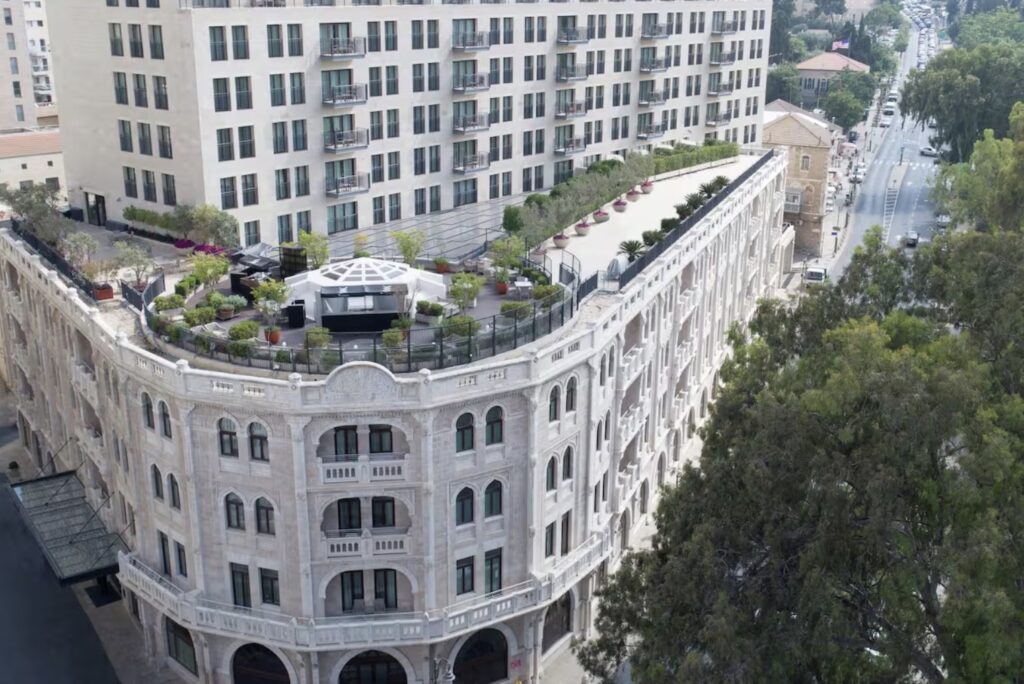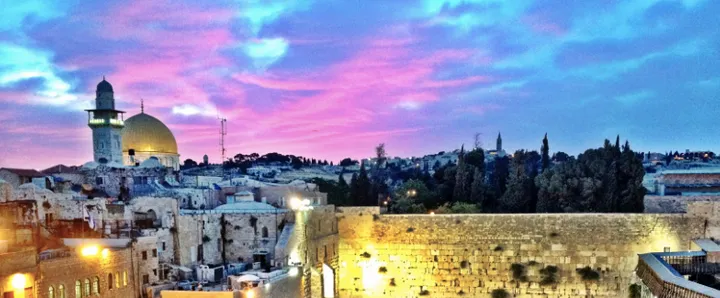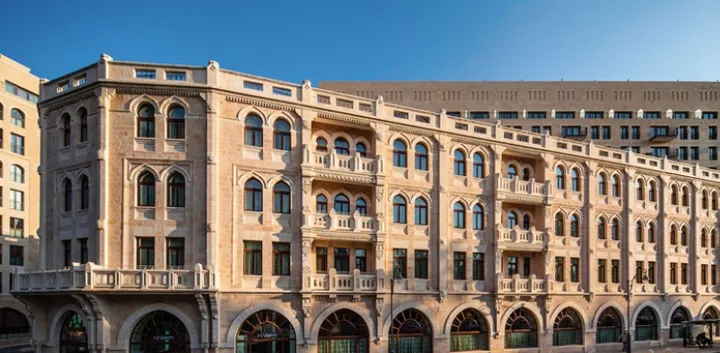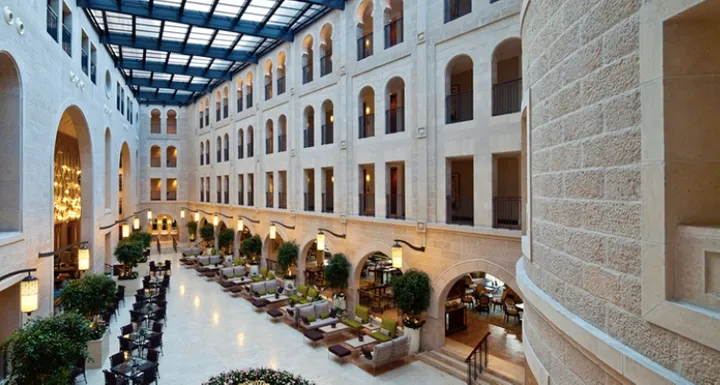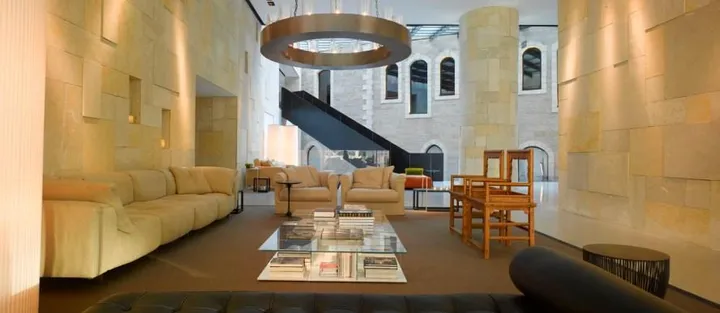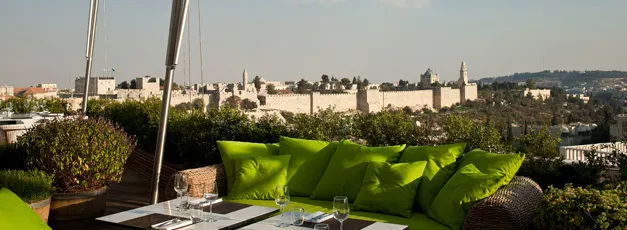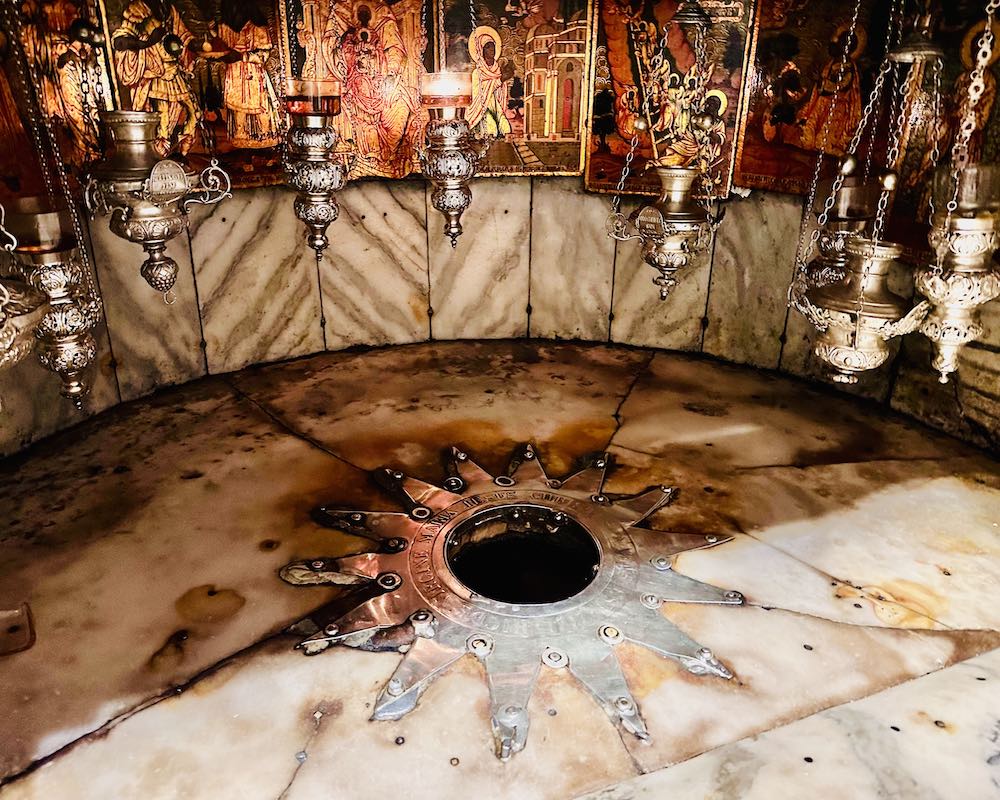
The West Bank covers a huge portion of the area currently controlled by the State of Israel. But because the West Bank is one of the two Palestinian Territories (the other is Gaza, where you definitely should not go, nor would you be allowed to!) , people are sometimes nervous about visiting sites in the West Bank, or they plan to visit them on their own and then find out they can’t take their rental car across the border between Israel and the West Bank. But there are many sites worth seeing in the West Bank, especially for Christians. Here are the must-see Biblical sites in the West Bank!
Jericho
Every kid who ever went to Sunday school knows about Jericho. The Israelites marched around and around the city every day for a whole week, they blew their horns, and the “walls came tumbling down!” As a little kid, hearing about that happening was epic.
And when we got older, we all learned about the scandalous harlot Rahab—who, let’s not forget, ended up in the lineage of Jesus. The account of Jericho appeals to a broad audience, and it’s one of the places you know you want to see on your trip to Israel.
But let’s not forget about the Jericho that Jesus knew, and another beloved Bible story from Sunday school. He was just passing through Jericho, and one of the most unlikely people showed an interest in him. Zacchaeus, the chief tax collector and probably least popular person in town, was too short to see Jesus over the crowd, so he climbed up in a sycamore tree to see. (Luke 19:1-10) And you can see where it happened when you visit Jericho for yourself.
Hebron
About an hour south of Jerusalem is a West Bank town called Hebron. It may seem vaguely familiar, but also maybe not, so no worries if it doesn’t. Abraham and Sarah lived and are buried here, making Hebron an important site for Muslims, Jews, and Christians alike. Muslims call this the Sanctuary of Abraham, and Jews and Christians both know it as the Cave of the Patriarchs. (Genesis chapters 13, 23, 25, 47, and 49)
Later in the Old Testament, in Joshua 14:13, Joshua gave Hebron to Caleb as an inheritance. In fact, King David ruled from Hebron for seven and a half years until he moved into Jerusalem. (2 Samuel 2:8-11)
Qasr El-Yahud
This site is actually important for both Jews and Christians. This is the crossing point of the Jordan River where the Israelites were finally able to enter the Promised Land after wandering in the desert for 40 years. It’s still the present-day border between Jordan and Israel or the West Bank. (Joshua 3)
But Christians have another reason to want to visit Qasr El-Yahud. This is the place where John the Baptist baptized many people, including Jesus. Many people choose to be baptized here, so the gift shop offers white robes and towels (for a fee) for those who want to be baptized in the same place as Jesus. (Matthew 3:15 and Mark 1:9)
Qumran Caves
You won’t find an exact mention of Qumran or the caves in the Bible, but they are very important to Biblical history. In the 1940s, local shepherds found the first of nearly 1,000 scrolls that would become known as the Dead Sea Scrolls. They are the earliest copies we have of the books of the Old Testament, with the exception of the book of Esther.
The dry climate at the Dead Sea – and inside these caves – is perfect for preserving manuscripts like these. The scrolls themselves are on display in a handful of museums around the world, including several at the Israel Museum in Jerusalem.
Dead Sea
Part of the Dead Sea lies within the borders of the West Bank, part of it lies within the Israeli border, and of course the eastern side belongs to the country of Jordan. The same is true in the Bible: The Dead Sea, the Salt Sea, and the Valley of Siddim are all terms used to describe this unique lake in the Bible as the eastern border of Israel. (Numbers 34:12)
Bethlehem
This is the birthplace of Jesus, so there are several important sites visitors want to see here. You can visit the Shepherds’ Field, birthplace, and caves where the family stayed while they were in Bethlehem. If you’re a Christian, you may want to tour the sites with a Palestinian Christian guide for a truly local perspective – their home church will be one of the churches built over the sites you came to see. How cool would it be to know that the place where you worship every Sunday is the same place where Jesus was born? (Luke 2)
Also interesting is that this isn’t just Jesus’ first hometown. It was also King David’s hometown. Before he knocked out Goliath and became King of all Israel, David was the youngest son of a local family and a shepherd in the fields you came to see. (1 Samuel 16:1-13) Going back even further in Jewish history, this is also the hometown of Ruth and Boaz. (Book of Ruth) These people—among others—were all from Bethlehem and mentioned in the lineage of Jesus. (Luke 3:23-38)
